1.2 Keep clean on land
Your body, vehicles (including heavy equipment), and gear can all transport invasive species. You should clean all equipment and yourself! Adhere to the BMPs described and demonstrated below to keep equipment and gear clean when working and recreating on land. Click on each title below for more information.
Follow these important BMPs:
- Clean seeds, plants and mud from all vehicles (including heavy equipment, trucks, cars, ATVs, and bicycles).
- Use high powered washers to clean heavy equipment (including mowers, graders, or excavators).
- Ensure equipment is clean before allowing it onto a new site.
- Start work in invasive-plant-free areas and end in infested areas (not the other way around).
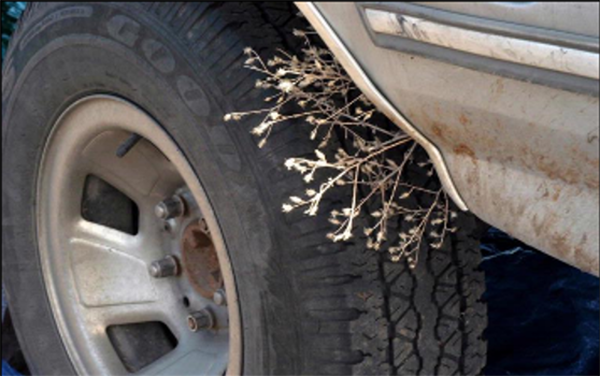
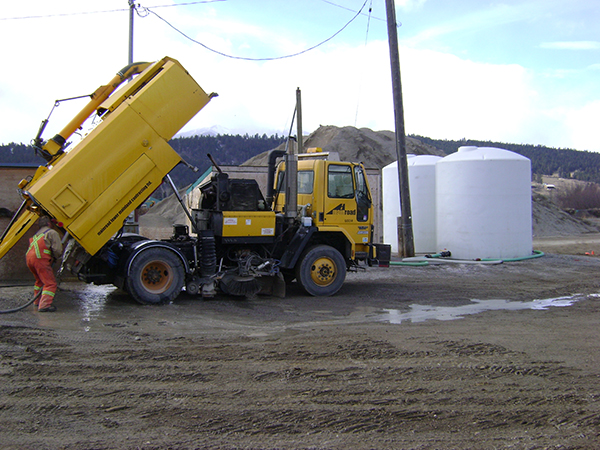
Follow this important BMP:
- Clean all gear (including clothes, boots, tents, tools, and backpacks) of seeds and mud.
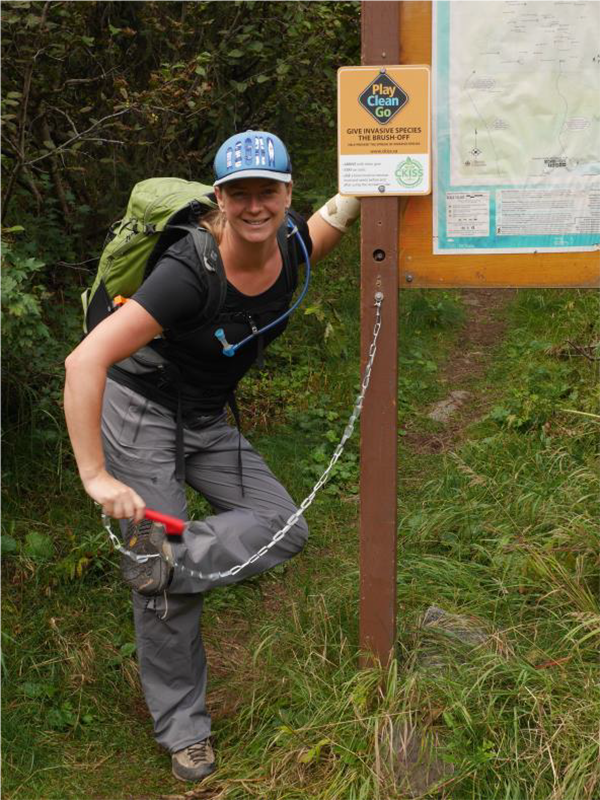
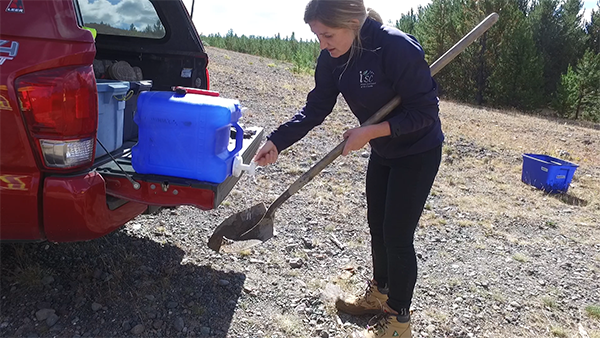
Did you know?
You can protect bats from an invasive fungus by cleaning your boots and equipment before entering caves. Watch the two-minute video linked below to find out more.
Protecting Bats from White-Nose Syndrome in BC Parks
Follow these important BMPs:
- Brush your animals (including dogs, horses, or livestock) to remove any burrs and plant seeds.
- Use invasive-plant-free bedding and feed, especially when livestock or horses are being moved to a new area.
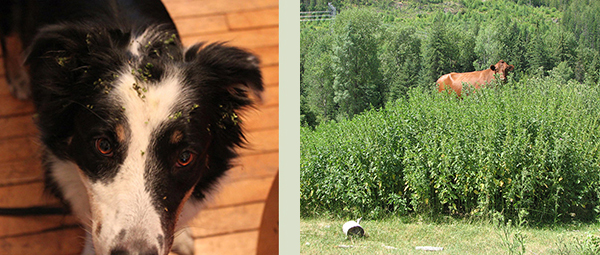
Follow these important BMPs:
- Identify and manage invasive species present on site prior to activities, especially construction or mowing.
- Whatever the size of your project, use the BC provincial invasive species database to know what invasive species are recorded for your work site.
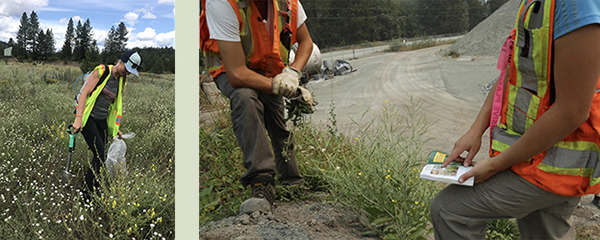
Follow these important BMPs:
- Don’t park or store equipment on infestations of invasive plants.
- Park on a road free of invasive plants and walk to the site to avoid driving across or parking on the invasive plants along side roads.

Did you know?
Using gravel or other aggregate material can spread invasive plants or insects if you’re not careful. Watch the video linked below to find out more.
This five-minute video of activities at a gravel pit shows many important BMPs for removing plants from large equipment and yourself, identifying plants on site, and parking or storing equipment. You can follow many of the BMPs shown, even if you don’t work with gravel pits.
Best Management Practices for Invasive Plants During Gravel Pit Operations
Follow this important BMP:
- Mowing activities can spread invasive plants and seeds. Some plants should never be mowed as this can encourage spread, and others should be mowed only before they flower.
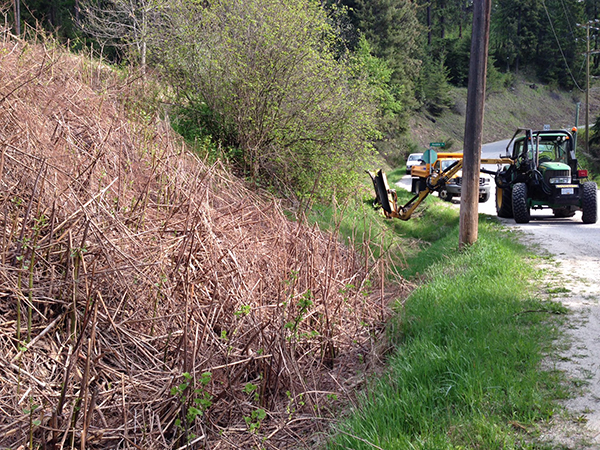
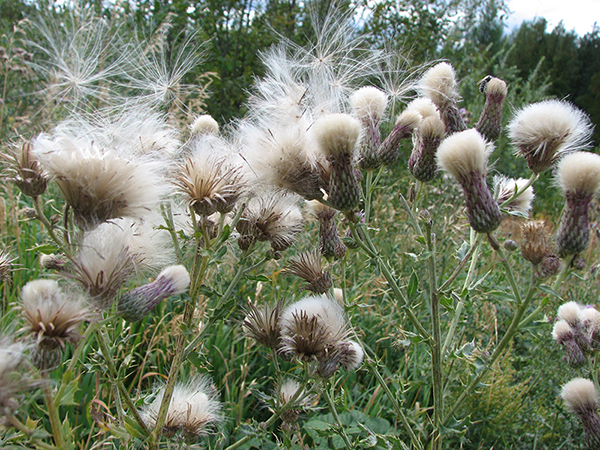
Did you know?
Even after the plants are cut, the flowers of some invasive plants can still form seeds. Therefore, if you see flowers on invasive plants, you should take care not to spread the plants by mowing. The best time to mow invasive plants is right before they form flowers – this is called the “bolting stage.”